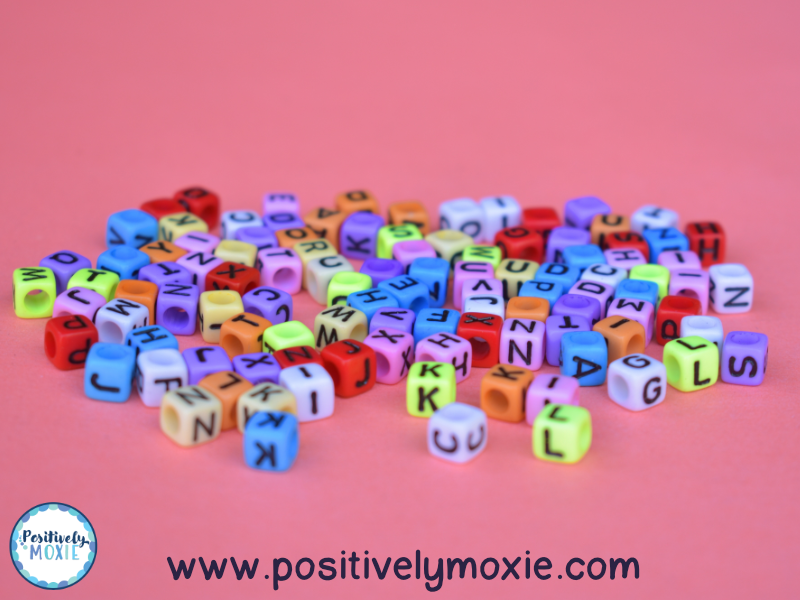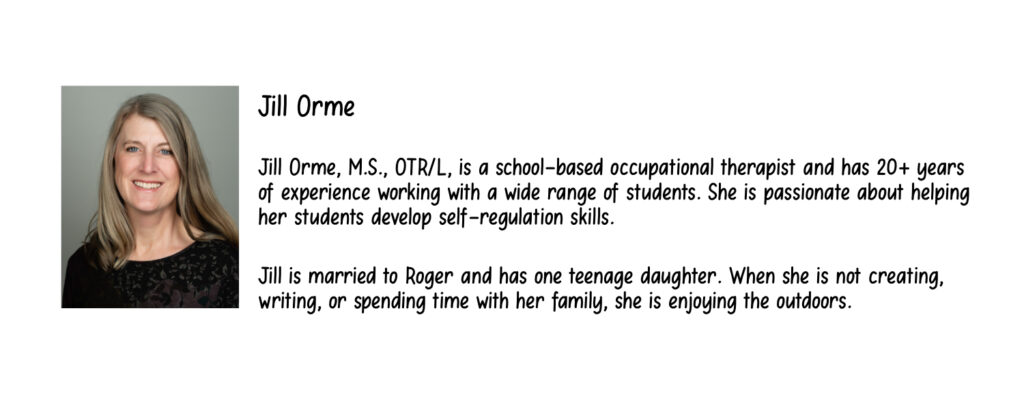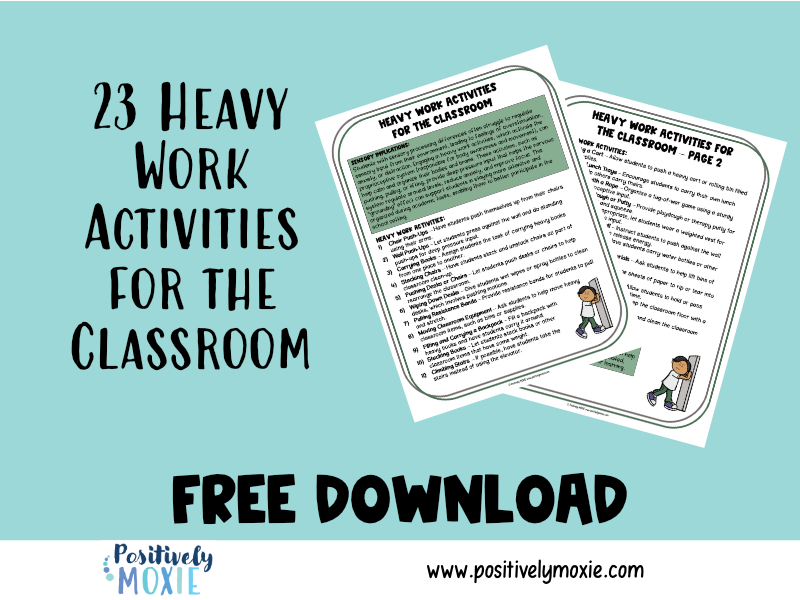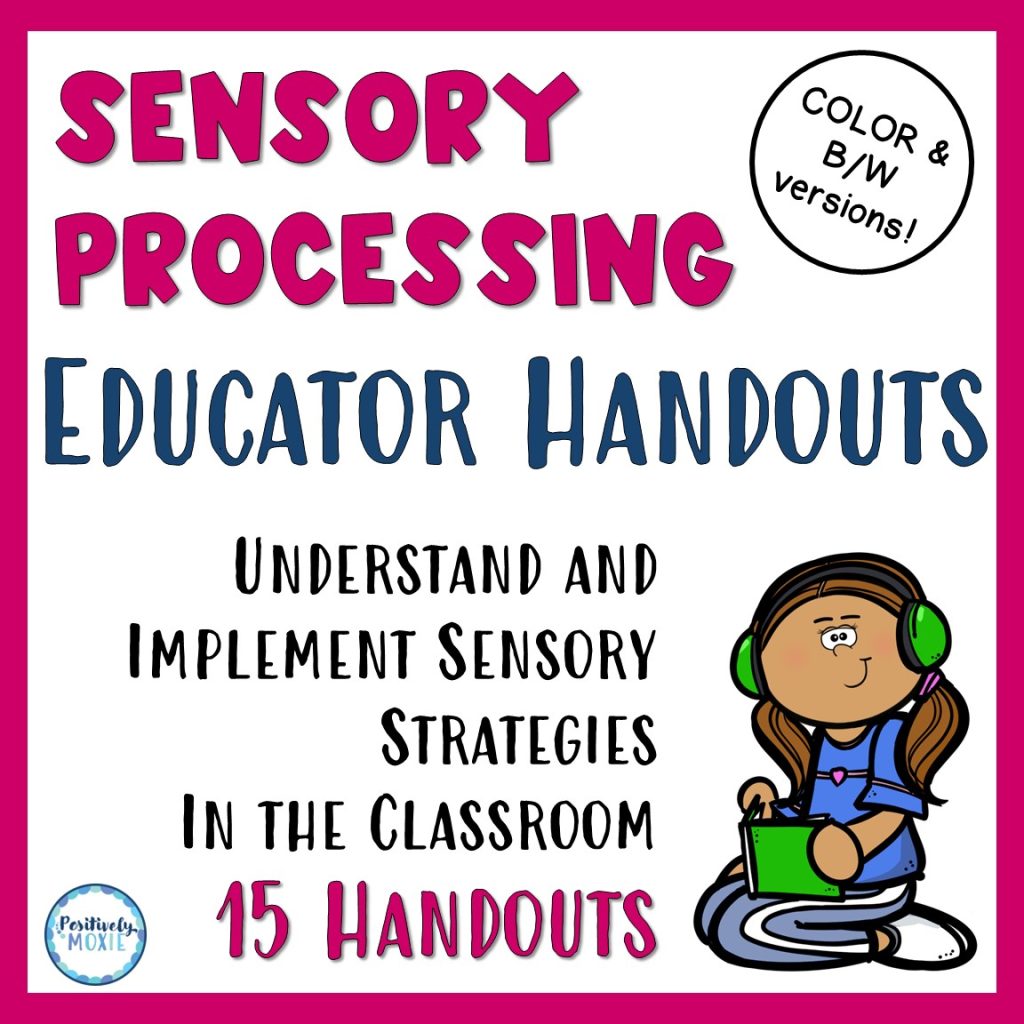Understanding the Overlap and Differences Between Sensory Processing Disorder and ADHD

As educators, understanding the nuances of conditions like Sensory Processing Disorder (SPD) and Attention-Deficit/Hyperactivity Disorder (ADHD) is crucial in supporting your students effectively. Both conditions can present with similar symptoms, making distinguishing between them challenging. However, identifying the signs and understanding the differences in sensory processing and ADHD can make a significant difference in how we approach interventions and support for our students. In this post, we’ll explore the signs and symptoms of both sensory processing disorder and ADHD. We will discuss their similarities and differences. Finally, we will explain why children with ADHD often experience sensory overload.
Signs and Symptoms of Sensory Processing Disorder
Sensory Processing Disorder (SPD) occurs when the brain has difficulty receiving and responding to information that is received through the senses. Children with SPD may be overly sensitive to sensory input or under-responsive, and they might struggle with activities that most of us take for granted. Here are some common signs and symptoms of SPD:
Oversensitivity to Sensory Input: Children may be highly sensitive to textures, sounds, lights, or smells. For example, a child might find certain clothing unbearable, cover their ears frequently, or become distressed in loud environments.
Under-sensitivity to Sensory Input: Conversely, some children may seek out intense sensory experiences, such as crashing into things, spinning, or constantly touching objects.
Motor Coordination Issues: Children with SPD might have trouble with fine motor tasks like writing or using scissors, or they might appear clumsy and have difficulty with gross motor activities like running or jumping.
Difficulty with Transitions: Changes in routine or transitioning from one activity to another can be particularly challenging for children with SPD, leading to meltdowns or withdrawal.
Signs and Symptoms of ADHD
ADHD is a neurodevelopmental disorder characterized by inattention, hyperactivity, and impulsivity. According to Russell Barkley, PhD, who is dedicated to research and education on ADHD, these symptoms can vary widely among children, but common signs include:
Inattention: Children may struggle to focus on tasks, follow instructions, or organize activities. They may frequently lose items, be forgetful in daily activities, and avoid tasks that require sustained mental effort.
Hyperactivity: This can manifest as excessive fidgeting, difficulty staying seated, running or climbing in inappropriate situations, and an inability to play quietly. Children with ADHD often seem to be constantly “on the go.”
Impulsivity: Children may act without thinking, interrupt others frequently, struggle to take turns, and make hasty decisions that can lead to accidents or social issues.
Similarities Between Sensory Processing Disorder and ADHD
One of the challenges in distinguishing between SPD and ADHD is that the two conditions share several overlapping symptoms. Both can lead to difficulties with attention, impulsivity, and hyperactivity. For instance, a child with SPD may struggle to stay focused in class because they are distracted by the scratchy label on their shirt. A child with ADHD, however, may have trouble paying attention due to their racing thoughts. Both conditions can also result in behavioral issues, such as difficulty following rules, impulsivity, and struggles to transition between activities.
Differences Between Sensory Processing Disorder and ADHD
While SPD and ADHD share similarities, they stem from different underlying causes and have distinct characteristics:
Root Cause: SPD is primarily a sensory issue where the brain struggles to process sensory information correctly. ADHD, on the other hand, is a neurological condition that affects executive functioning, such as impulse control, attention regulation, and planning.
Response to Sensory Input: Depending on their sensitivity levels, Children with SPD may seek out or avoid sensory input. In contrast, children with ADHD may appear sensory-seeking due to their hyperactivity. This is usually driven by a need for movement rather than a sensory processing issue.
Consistency of Symptoms: ADHD symptoms are more consistent across different environments and situations. A child with ADHD will typically show signs of inattention and hyperactivity in most settings. Meanwhile, a child with SPD may only exhibit symptoms in specific sensory environments that trigger their sensitivities.
Why Children with ADHD Get Sensory Overload
Children with ADHD are more prone to sensory overload because of their heightened level of arousal and difficulty filtering out extraneous stimuli. Their brains may struggle to prioritize what sensory information is important, leading to a constant bombardment of stimuli. This can overwhelm their sensory systems, causing them to feel overloaded and act out as a way to cope. Additionally, the impulsivity and hyperactivity associated with ADHD can exacerbate their sensitivity to sensory input. This makes it harder for them to stay calm and focused in overstimulating environments.
Is It Sensory Processing Disorder or ADHD?
Determining whether a child has SPD, ADHD, or both can be challenging, as the symptoms often overlap. It’s important to observe the child across different environments and consider how they respond to sensory input versus how they manage attention and impulse control. Consulting with occupational therapists, psychologists, or pediatricians can help clarify the diagnosis. Understanding the nuances of these conditions will enable you to provide targeted interventions that address the root of the challenges, whether they stem from sensory processing issues or ADHD.
Using “Heavy Work” Activities
What is “Heavy Work” and Why It’s a Game-Changer in the Classroom
Do you ever notice some students seem more fidgety, anxious, or distracted than others? They might be dealing with sensory processing challenges, which can overwhelm everyday classroom environments. But here’s where “heavy work” comes to the rescue!
Heavy work activities engage the proprioceptive system, which helps with body awareness and movement. These activities typically involve pushing, pulling, lifting, or carrying objects that provide deep pressure to the muscles and joints. The beauty of heavy work is its grounding effect—it helps students regulate their sensory input, reduce anxiety, and increase focus. In short, heavy work helps students feel more calm, organized and ready to learn.
So, how exactly does heavy work help in the classroom? Here are three specific ways:
- Increases Focus and Attention—Students who have difficulty paying attention during a lesson might benefit from heavy work activities like carrying a stack of books to another part of the classroom or pushing the chairs in after snack time. These activities give their nervous system the deep input it needs to “reset.” Once they’ve engaged in heavy work, they often feel more focused and ready to engage with the lesson.
- Reduces Restlessness and Fidgeting—We’ve all seen students who can’t seem to sit still. They bounce in their seats, tap their pencils, or constantly get up. Instead of viewing this behavior as disruptive, consider offering a heavy work activity. For example, have the student help by pushing a cart, erasing the whiteboard, or organizing the classroom supplies. These activities help release the built-up energy that causes restlessness and allow the student to settle down and concentrate on the task.
- Promotes Calmness and Emotional Regulation – Students who struggle with emotional regulation may act out or shut down when overwhelmed. Heavy work can be a proactive way to help them manage those big feelings. Activities like squeezing stress balls, using resistance bands, or pulling a loaded wagon can provide calming proprioceptive input that allows the nervous system to regulate emotions. After a few minutes of heavy work, these students are often better able to return to their desks feeling calm and ready to participate.
Incorporating heavy work into your classroom doesn’t require fancy equipment or a special space. It’s all about finding practical ways to integrate these regulating activities into your daily routines. Not only will it benefit students with sensory processing challenges, but you might also find that all students can benefit from extra sensory input throughout the day!
Sensory Educator Handouts
Empower yourself and your team with our comprehensive Sensory Educator Handouts set. Designed specifically for educators, these handouts provide valuable insights into sensory processing and practical activities that you can use in the classroom to help your students achieve better self-regulation.
Each handout is packed with actionable advice and tips. You can use the handouts immediately to support your students’ sensory needs and enhance their learning experience. Understanding and addressing sensory processing can create a more inclusive and effective learning environment for all your students.
Understanding the differences between sensory processing challenges and ADHD is essential in providing the right support for your students. With the proper tools and knowledge, you can help them navigate their sensory world and succeed academically and socially.



